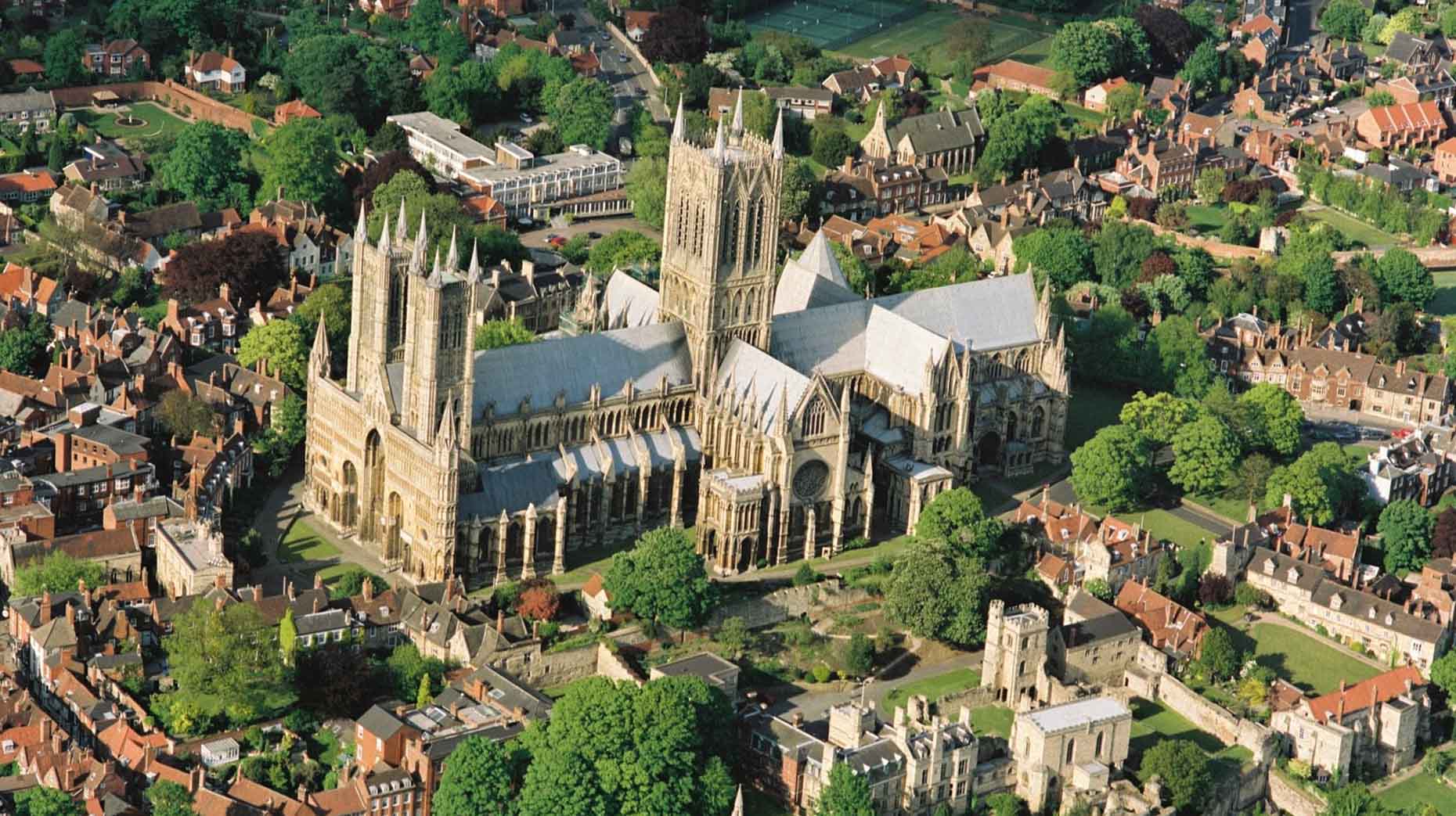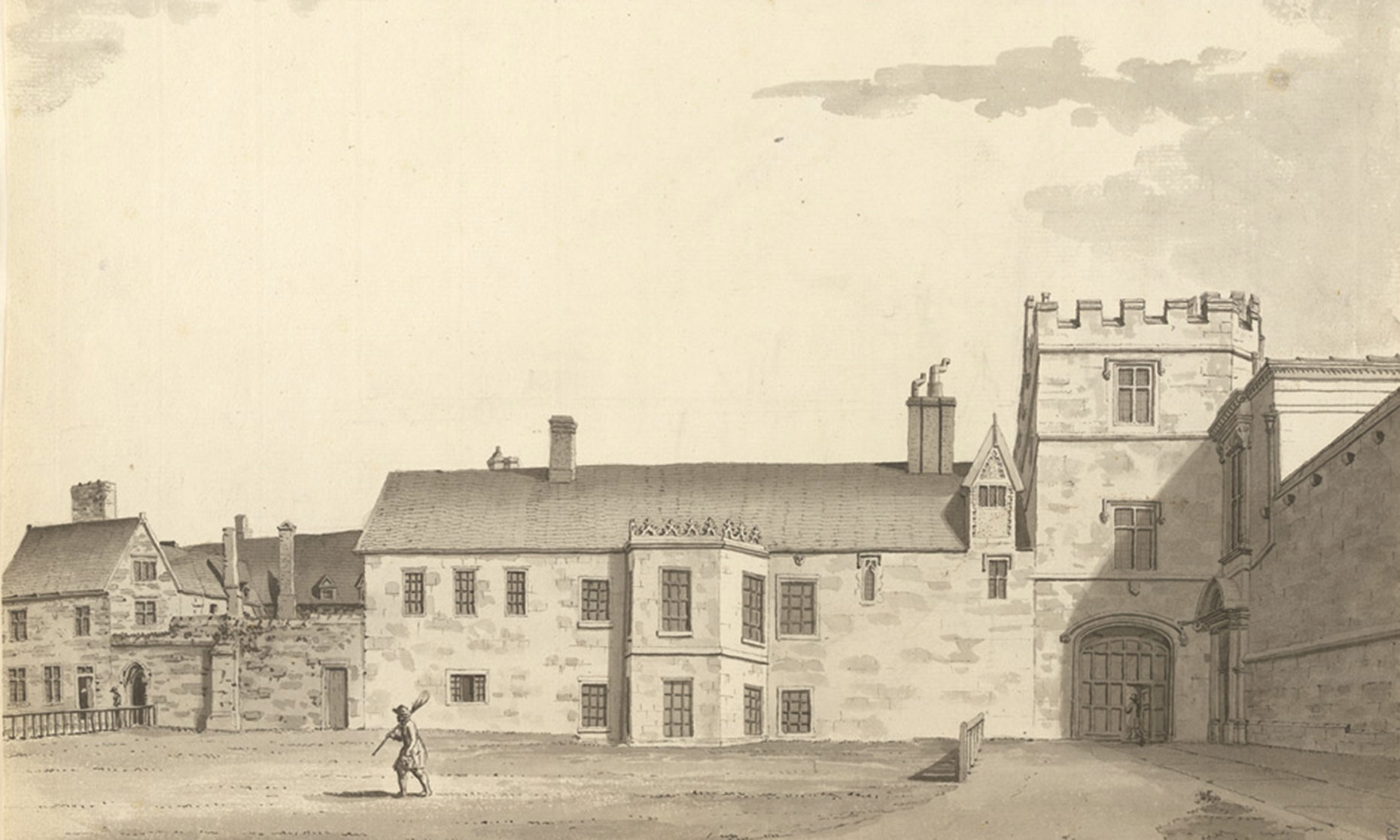Lincoln residents and visitors are being invited to contribute to a bucket list-style project in the city centre as part of Dying Matter Awareness Week.
People will be welcomed to decorate ‘Before I Die…’ boards and a cardboard coffin at Waterside Shopping Centre between May 8 and 12.
The event, hosted by St Barnabas Hospice is aiming to get people talking about death, dying and bereavement as well as the importance of putting plans in place.
Community Development Manager for St Barnabas Hospice Lisa Gibson said: “Over half a million people die in the UK each year, yet talking about dying, death and bereavement is something that many people find challenging.
“We are hoping that the boards will get people talking and start conversations around dying, death and bereavement.
“Death will have an impact on everyone’s lives at some point and talking about it means we are better prepared to support each other when it does happen.
“People may think it sounds morbid but the boards and coffin project are as much about life as they are death. It is about encouraging people to make the most of the time they have and to put plans in place so they can get on with living.”
Dying Matters Awareness Week runs from May 8 to 14. The annual campaign urges people to talk more openly and make plans for the end of life.
Lisa also said: “People can get involved right across the county as our 27 shops will also be hosting bucket list style window displays which our shoppers can add to.
“Our aim is to get as many people involved in helping us create Lincolnshire’s biggest ever bucket list.”
For more information about Dying Matters Awareness Week, visit www.dyingmatters.org, and for more information about the event from 8 to 12 May, contact Cat Maddy on 01522 559 502 or at [email protected].







